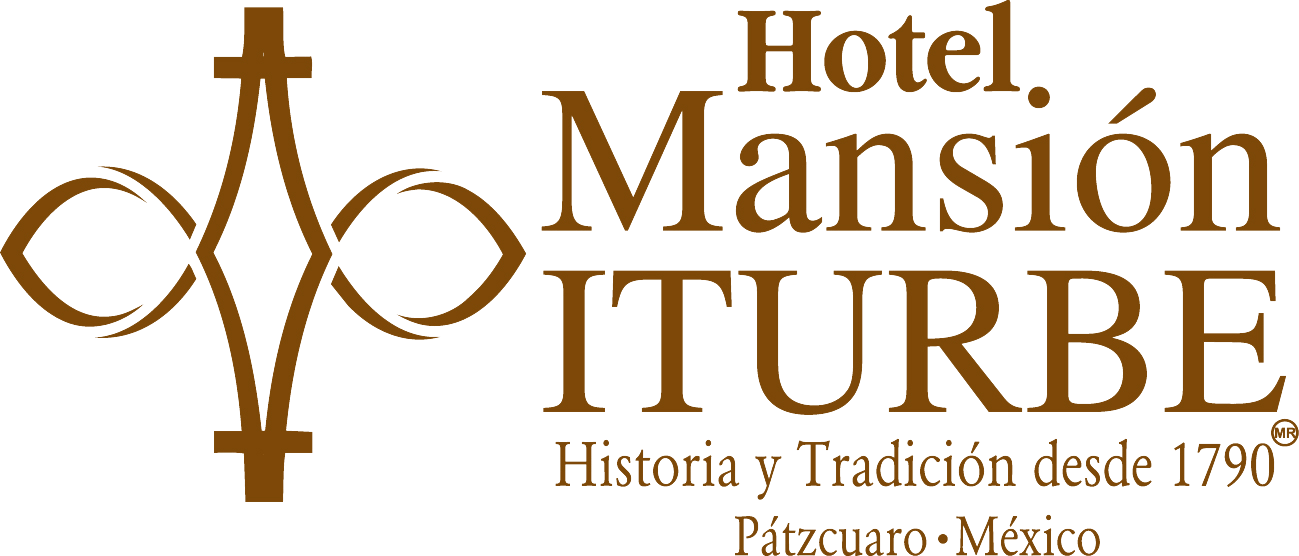J’ATZINGUENI, or Corn Stalk Paste, and its origins in the Pátzcuaro Lake Region
Centuries ago, corn was – and continues to be today – the main food staple of Mexico
It was a custom of the mesoamericans to carry images of their gods into war; they believed the presence of the heavy and bulky figures would increase their chances of success on the battlefield. Typically, it was the principal god who accompanied them to infuse the warriors with valor and courage. Furthermore, they also believed that if they were defeated and the figures ended up in the hands of the victorious, the idols would wreak revenge upon them even while in their custody.
But the Purépechas found the solution to transporting their dieties: The material, corn stalk paste, Játzingueni, in addition to being light-weight, would permit them to have more control over the shape and size of the figures. The material was made of light-weight fibers of the corn stalk, held together with a substance extracted from the bulbs of a wild orchid that grows around Lake Pátzcuaro
The Spanish immediately recognized the advantages of the material; a human-size figure could weigh only 15 pounds . During this time, sacred figures made of this unique material, which originated in Pátzcuaro, sprouted up in many churches and temples in and around Michoacán.
The use of corn stalk paste in making religious figures was one of the first concrete connections between the old and the new world.
Don Vasco de Quiroga, with his sensitivity toward the indigenous, established several Játzingueni “shops.” Upon moving the diocese to Pátzcuaro in 1540 – and thus effectively making Pátzcuaro the capital of Michoacán – Pátzcuaro became known internationally, thanks in part to the export to the Old World of a large number of these “new,” light-weight religious figures.
One of these Játzingueni figures commissioned by Don Vasco de Quiroga was Nuestra Señora de la Salud (Our Virgin of Health). At first, she was placed in the Hospice of Pátzcuaro (For the Health of the Sick). But due to the large number of recoveries of the ill during her stay there, she soon came to be called Nuestra Señora de la Salud – the name by which she goes even today – nearly 500 years later. Today, she remains proudly above the altar of the Basílica in Pátzcuaro in all her splendor.
Many villages in the Pátzcuaro basin have their own Játzingueni images that are displayed during the famous Procession of the Christs during Holy Week.
A magnificent collection of Játzingueni Christs is housed in the Museum of Colonial Art in Morelia
*Text property of Hotel Mansión Iturbe.
HOTEL MANSION ITURBE
Portal Morelos 59
Plaza Vasco de Quiroga
61600 Pátzcuaro, Michoacán
México
Reservaciones en linea: www.mansionitube.com
Tel: 52 (434) 342 0368 / 342 3628
Fax: 52 (434) 342 23627
Toll free fax number from USA & CANADA
Amadeus: ON MLMMAN
Sabre: ON 16297
Galileo: ON 24977
Worldspan: ON MLMM
Sabre: ON 16297
Galileo: ON 24977
Worldspan: ON MLMM















Comentarios